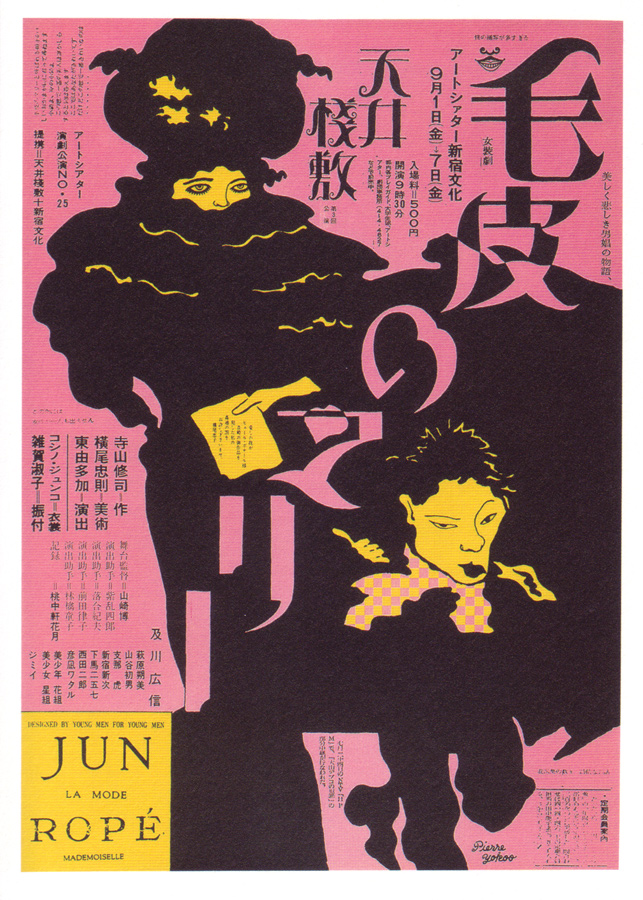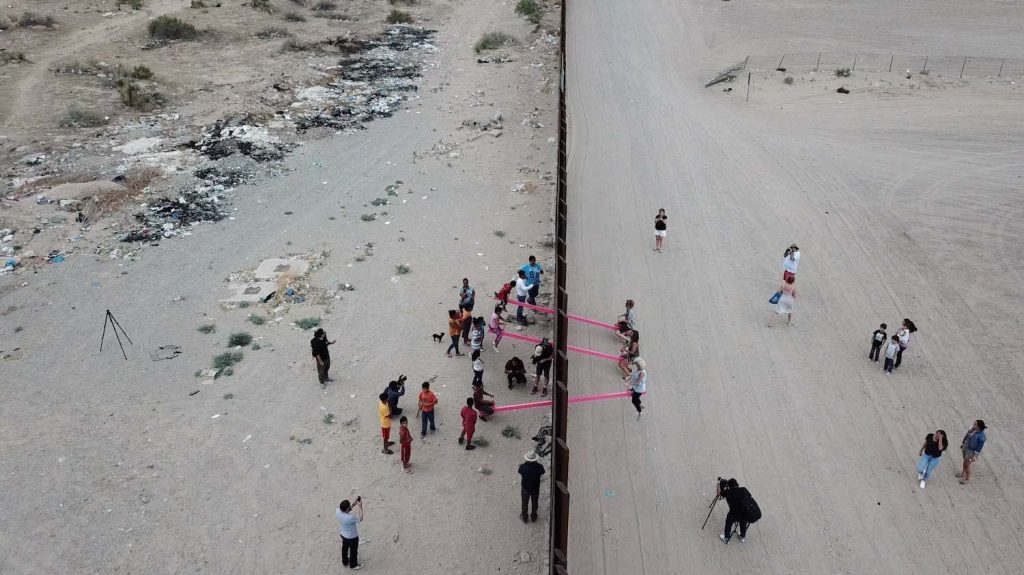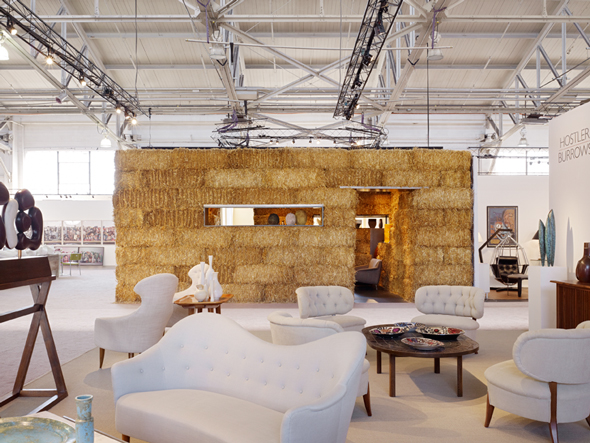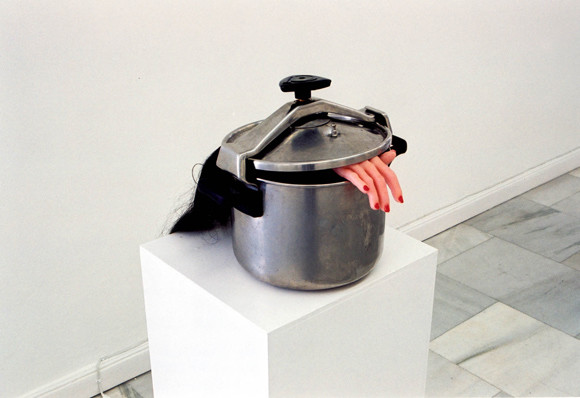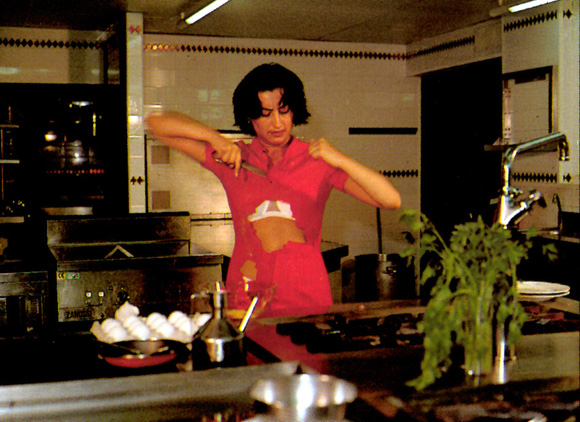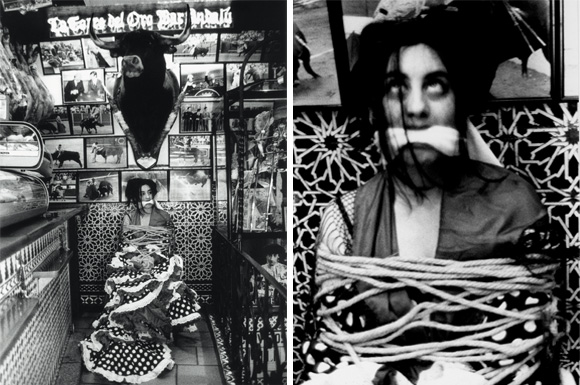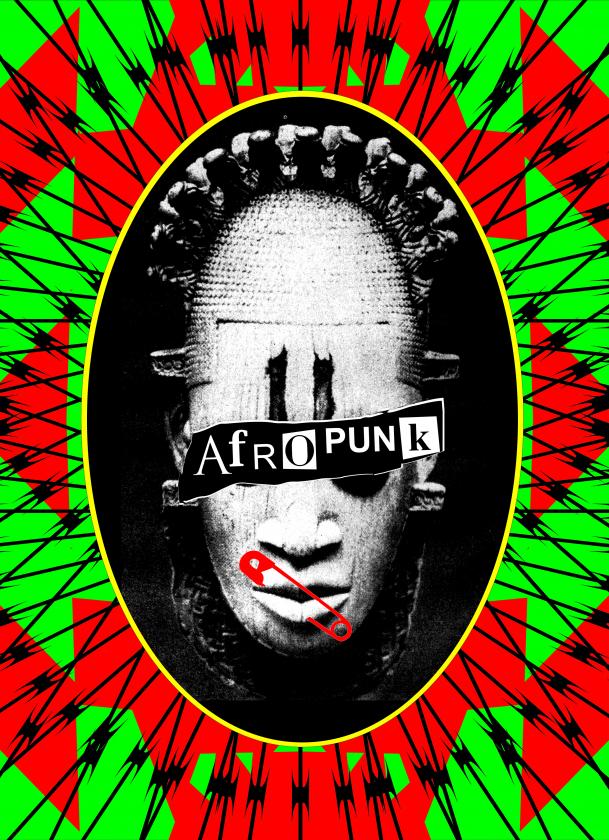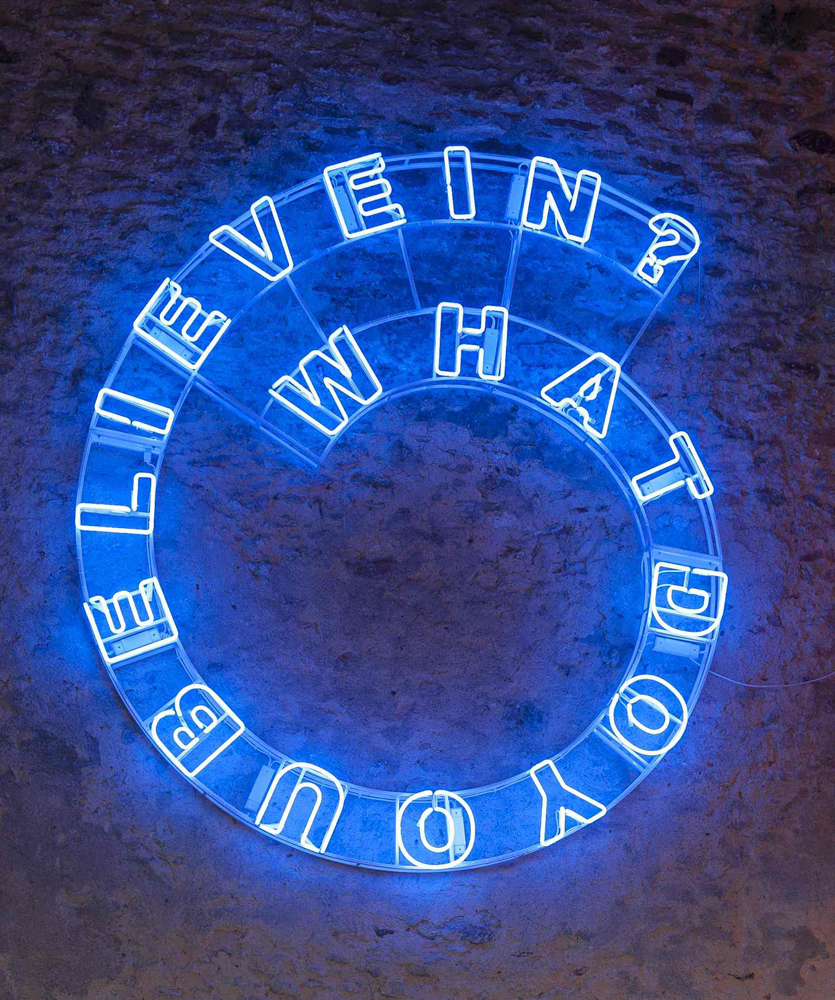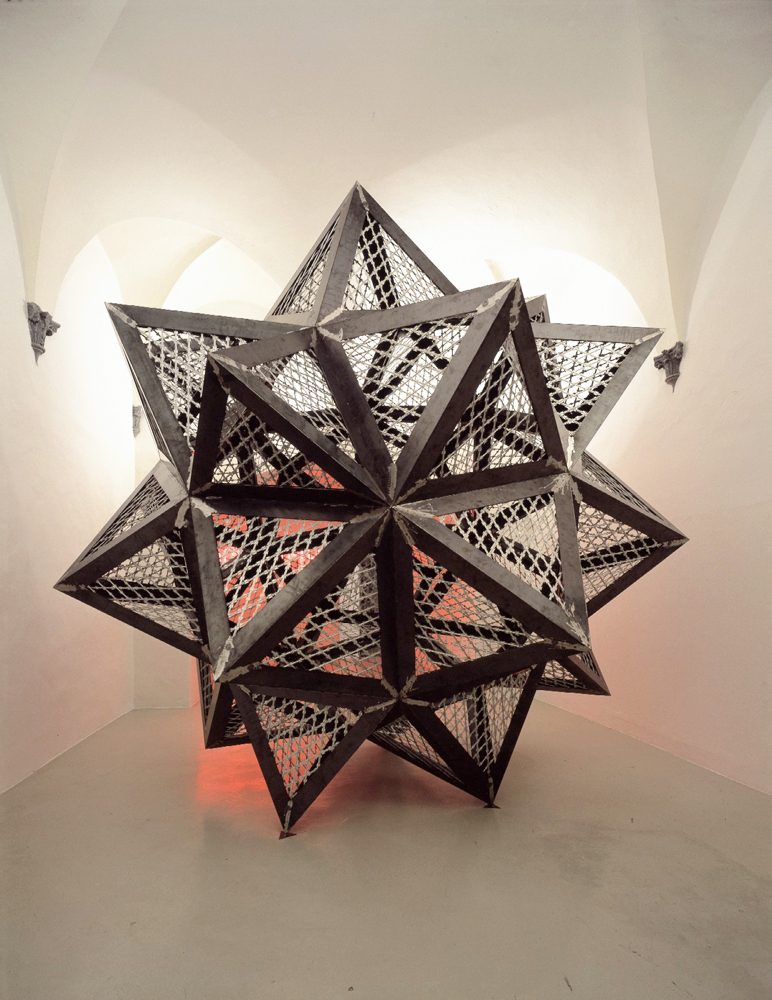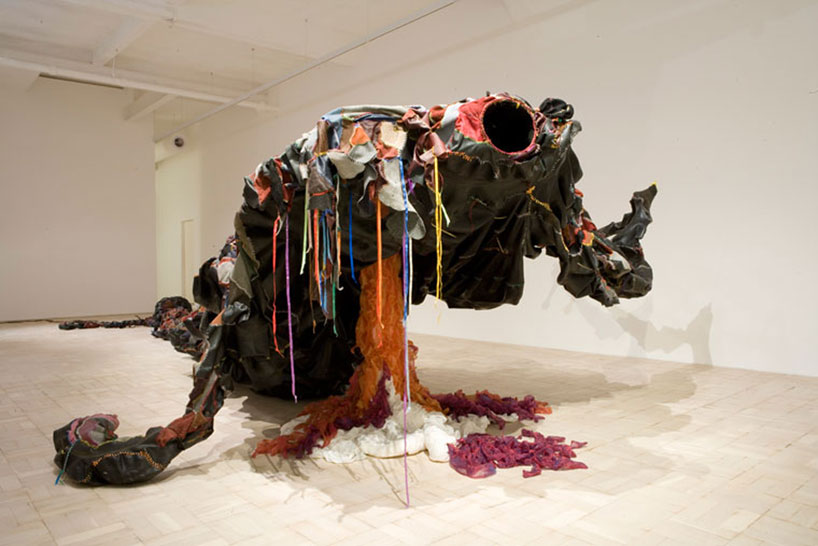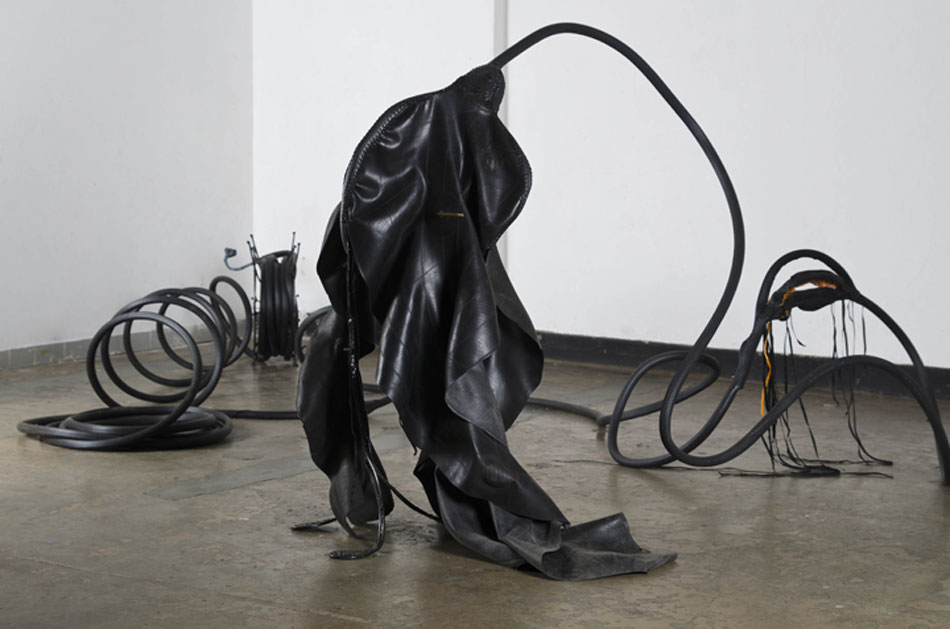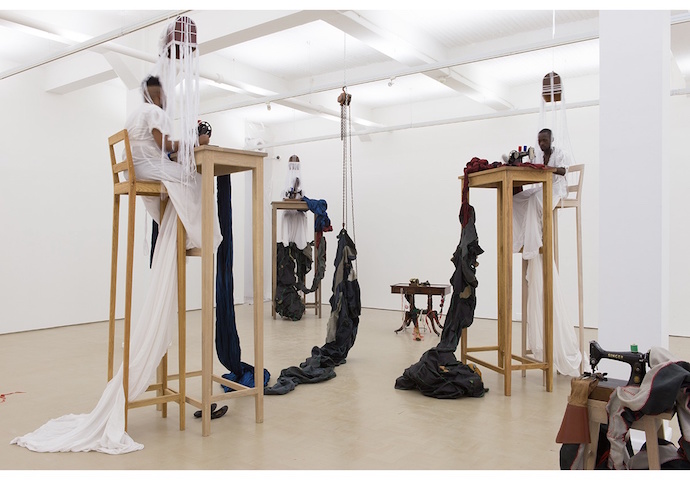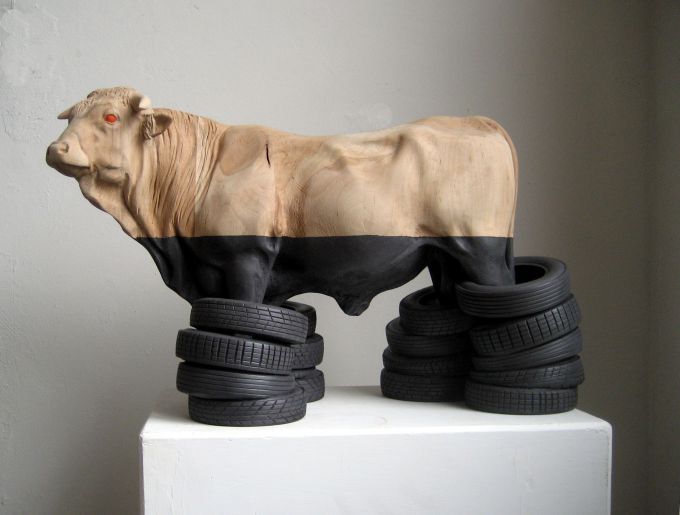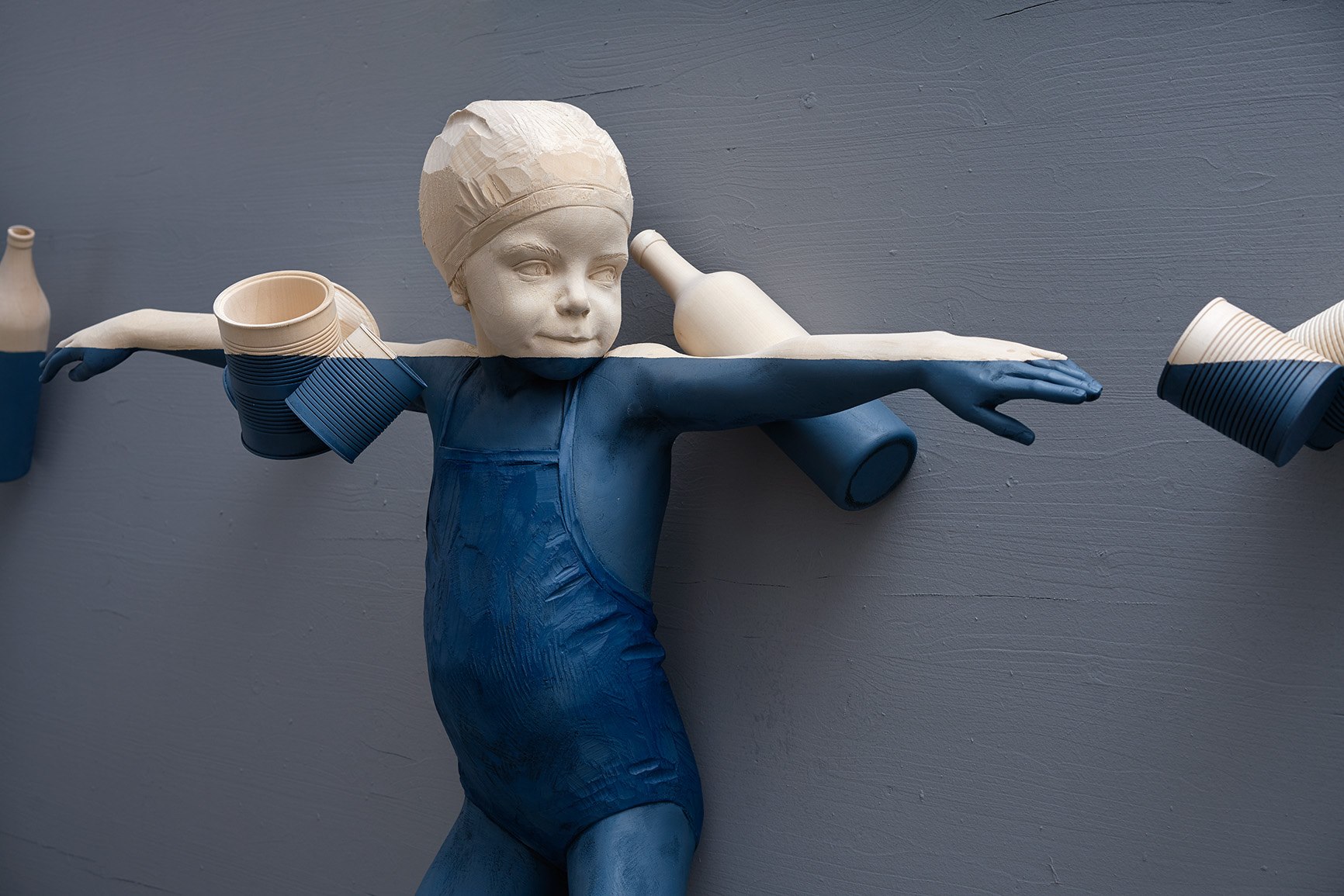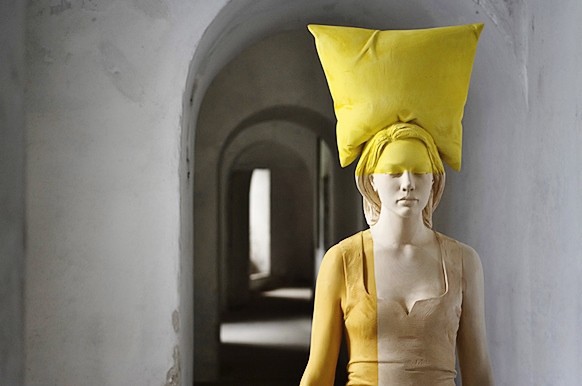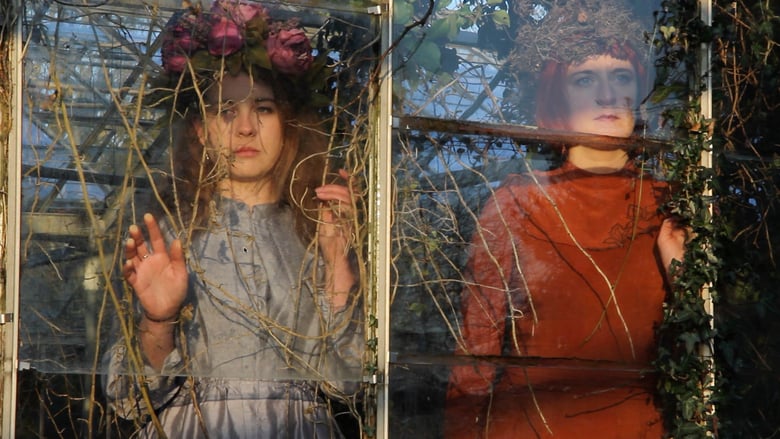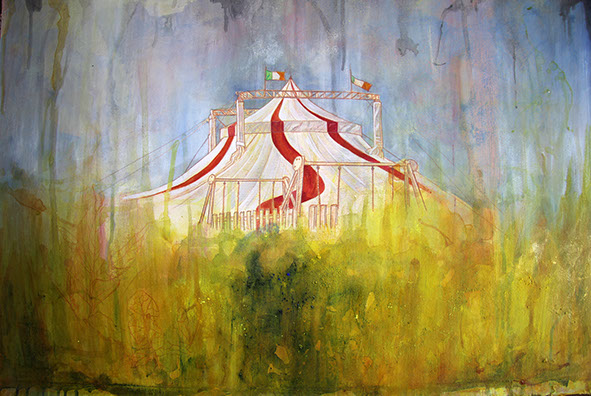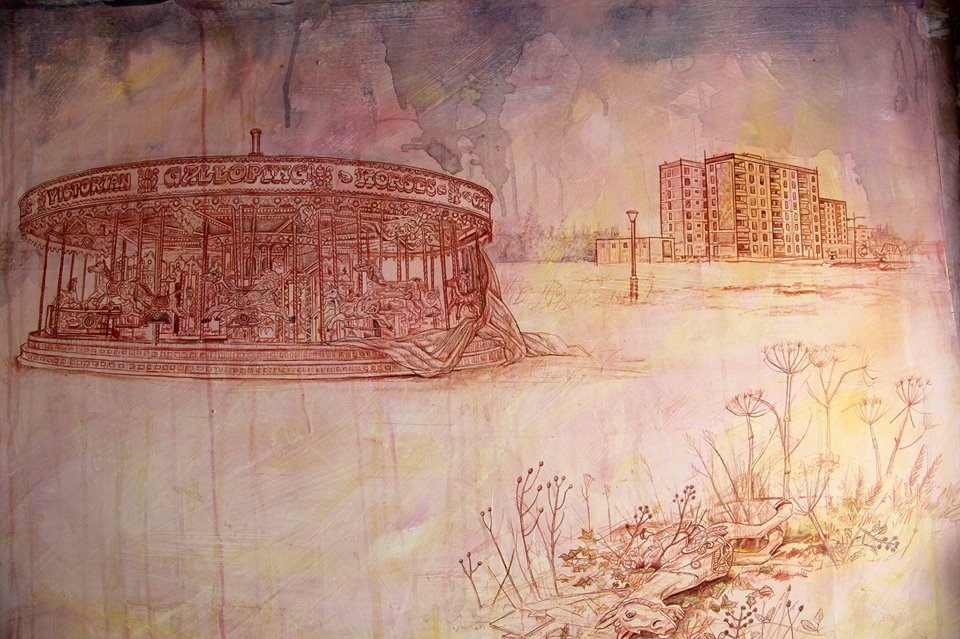P•rismatic; spectral in color, brilliant.
Last weekend, my friends and I have finally visited the newest IMMA’s exhibition “As above, so below: Portals, Visions, Spirits & Mystics”; a major curatorial piece involving well-known artist from the latest years of the XIX century to nowadays, divided in four sections called Portals (1), Below (2), Above (3) and Beyond (4), avoiding this time the classic chronological structure.
At the main facade of IMMA’s building, the installation “Interventu” by the Brazilian artist Stephan Doitschinoff is a statement that puts you in the right place to start the experience. Once inside, you can enjoy some works by Wassily Kandinsky, Alejandro Jodorowsky, Hilma af Klint or Aura Satz – to name a few – around the concepts of spirituality and parallel worlds. I would actually like to do a few more posts during this week about other artists exhibited in the show, but for now I want to focus on the work of Susan Hiller [ Cleveland, Ohio, 1940] which was incredibly touching for me as well as a completly new discovery.
What I found deeply captivating about her early works is the way she tries to sabotage the rigid borders of Conceptualism from the inside by using its own tools; serialization, duplication, rigorourness, a grid pattern and so on. But the transgression appears as her works differ from the usual subject of traditional Conceptual Art and its full of subjetivity. It always has a personal and visually appealling vision, as we can see in “Rough Seas” beneath. Susan’s work deals with the idea of select different types of cultural artefacts produce by our society and, with certain irony, either try to solve the problem or at least categorize it.
La semana pasada, mis amigos y yo nos decidimos por fin a visitar la nueva exposición del IMMA “As above, so below: Portals, Visions, Spirits & Mystics”, una magnífica pieza curatorial que involucra a artistas muy conocidos desde los últimos años del siglo XIX hasta nuestros días y se encuentra dividida en cuatro secciones tituladas Portales (1), Debajo (2), Encima (3) y Más allá (4), evitando esta vez la clásica estructura por orden cronológico.
En la fachada principal que da acceso al Museo Irlandés de Arte Moderno (IMMA), nos encontramos con una instalación “Interventu” del artista brasileño Stephan Doitschinoff que nos va a posicionar de manera magistral hacia el tipo de experiencia que esta apunto de comenzar. Una vez dentro, disfrutaremos de trabajos de artistas de la talla de Wassily Kandinsky, Alejandro Jodorowsky, Hilma af Klint or Aura Satz – por nombrar algunos – versando siempre al rededor de los conceptos de espiritualidad y posibles mundos paralelos.
Me encantaría escribir alguna entrada más durante la próxima semana a cerca de otros artistas aquí expuestos, pero por el momento quiero centrarme en el trabajo de Susan Hiller [ Cleveland, Ohio, 1940] ya que me pareció una obra tremendamente conmovedora y es una artista completamente desconocida para mí.
Lo que me pareció tremendamente cautivamente, una vez empecé a investigar a la artista, es la manera en la que, especialmente en sus primeros trabajos, decide posicionarse en contra de las rígidos confines del Conceptualismo y lo hace usando sus mismas herramientas; series de imágenes, duplicidad, rigidez, el uso de la cuadrícula, etc. Pero su transgresión aparece precisamente cuando se diferencia de los objetos de estudio tradicionales del Arte Conceptual y llena su trabajo de subjetividad, usando una visión personal y atractiva, como podemos apreciar en “Rough Seas” más abajo. La obra de Susan versa alrededor de la idea de cierto “artefactos culturales” que son producidos por nuestra sociedad actual, y son tratados con la ironía necesaria, bien con la intención de resolver el problema o como mínimo categorizarlo.
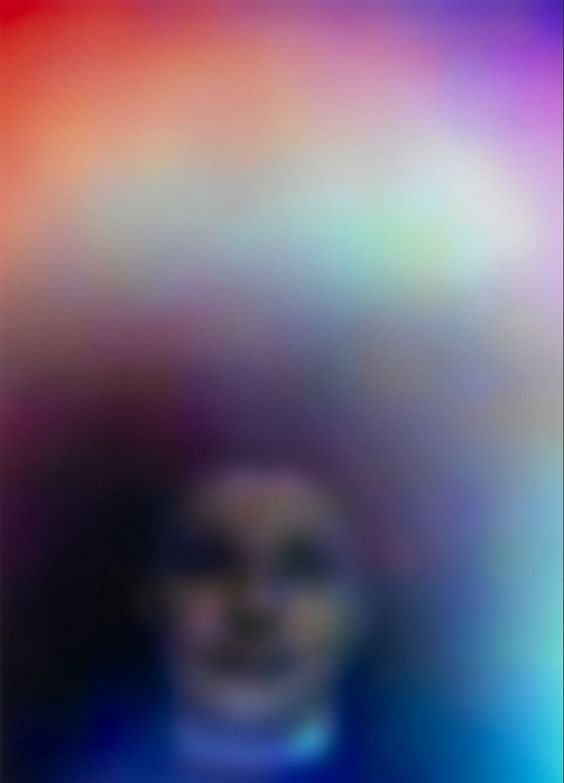
Homenage to Marcel Duchamp. Aura. Blue Boy. (2011) | Currently at IMMA’s exhibition “As above, so bellow”.
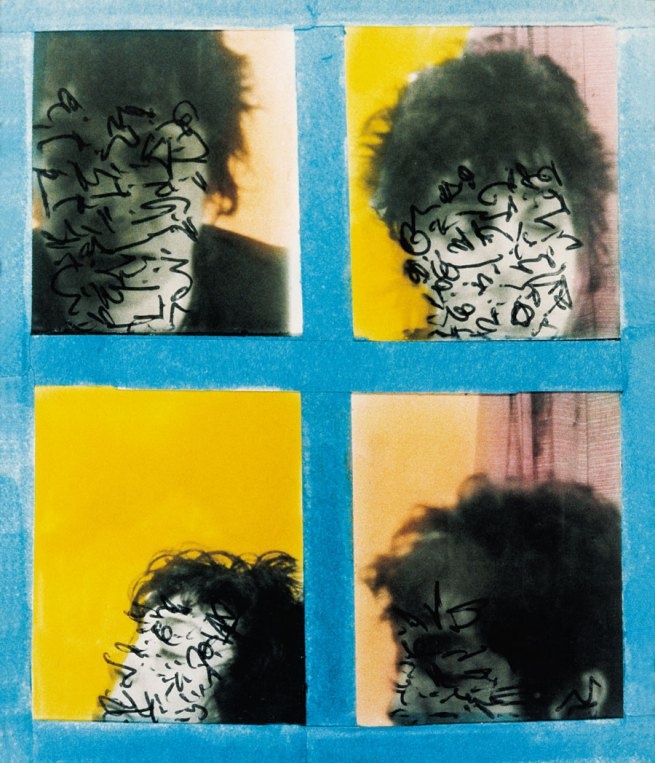
Midnight, Euston. (1983)
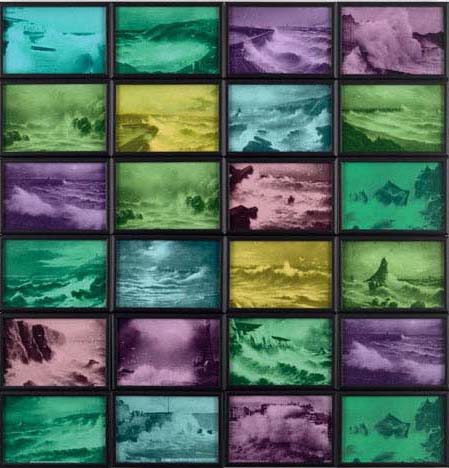
Rough seas. (1982)
IMMA’s “As above, so bellow”: http://www.imma.ie/en/page_237202.htm
Susan Hiller: http://www.susanhiller.org/home.html

